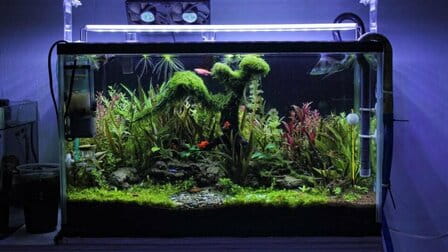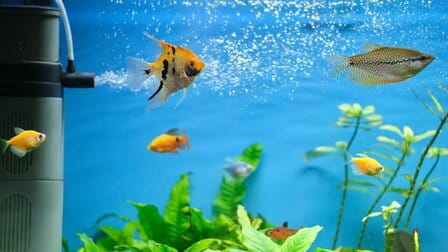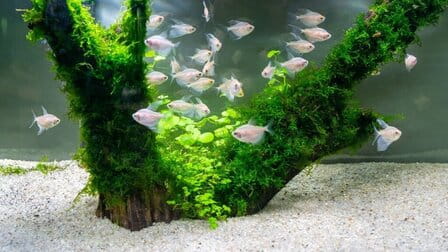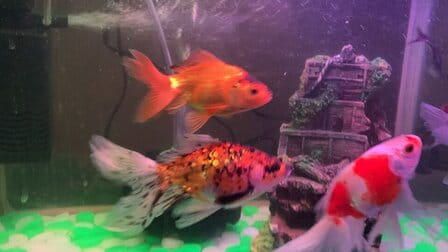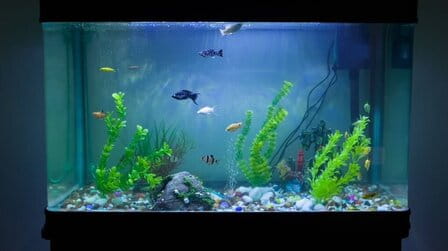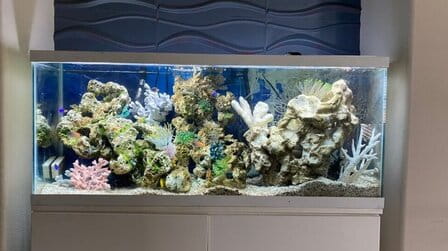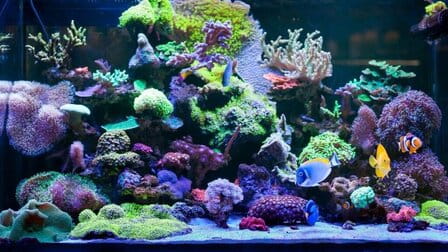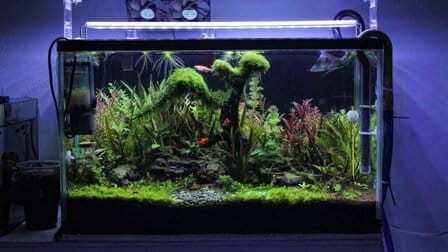Greetings, fellow aquarists! There's something undeniably captivating about a well-maintained aquarium. The vibrant colors of the fish, the lush greenery of aquatic plants, and the tranquil underwater world all contribute to a unique and mesmerizing experience. Yet, achieving and maintaining clear aquarium water can be a challenge for many enthusiasts. Cloudy or murky water not only obstructs the view of your aquatic paradise but can also harm the health of your fish and plants. Fear not, for in this comprehensive guide, we will plunge into the depths of aquarium maintenance to unveil the secrets of pristine, crystal-clear water.
The Significance of Clear Aquarium Water
Before we embark on our journey to achieve pristine aquarium water, let's delve into why water clarity is so vital:
1. Fish Health and Behavior:
Clear water is synonymous with a healthy aquatic environment. Fish thrive in clear waters and exhibit their natural behaviors, displaying vibrant colors and engaging in social interactions.
2. Aesthetic Beauty:
A crystal-clear aquarium is visually stunning. It allows you to appreciate the full spectrum of colors in your fish and the intricate details of your aquatic plants and décor.
3. Plant Vitality:
For aquatic plants to flourish, they require an adequate amount of light. Clear water ensures that the light penetrates deeply, promoting photosynthesis and healthy plant growth.
4. Ecosystem Balance:
Clear water fosters a balanced ecosystem within your aquarium. Beneficial bacteria can thrive, aiding in the breakdown of waste and the maintenance of water quality.
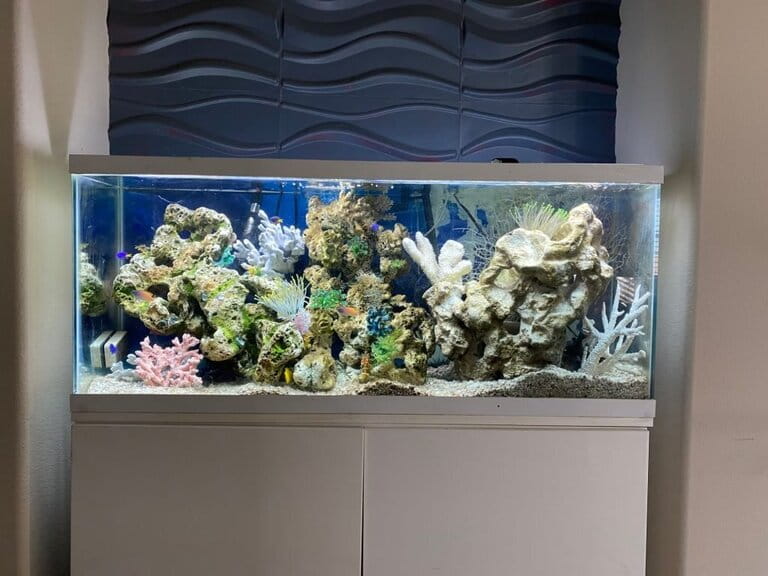
Tips for Maintaining Pristine Aquarium Water
Now that we understand the significance of clear water, let's explore the strategies and practices to achieve and uphold crystal-clear conditions in your aquarium:
1. Invest in Quality Filtration:
Select a high-quality filtration system appropriate for the size of your aquarium. An efficient filter removes debris, excess food, and fish waste, contributing to clear water.
2. Regular Water Changes:
Perform regular partial water changes, usually around 10-25% of the water volume, every 2-4 weeks. This practice removes accumulated pollutants and replenishes essential minerals.

3. Ensure Proper Circulation:
Arrange your filter outlets and inlets strategically to promote adequate water circulation. This prevents the formation of "dead zones" where debris can settle.
4. Mindful Feeding:
Avoid overfeeding your fish, as uneaten food can decay and cloud the water. Feed them only what they can consume in a few minutes.
5. Gravel Vacuuming:
Employ a gravel vacuum during water changes to eliminate debris from the substrate. This prevents organic matter from decaying and fouling the water.
6. Consider UV Sterilizers:
UV sterilizers can be valuable additions to your aquarium equipment. They help eliminate harmful microorganisms and contribute to improved water clarity.
7. Avoid Overcrowding:
Resist the temptation to overcrowd your aquarium. Overstocking can lead to excess waste production, jeopardizing water quality.
8. Quarantine New Additions:
Isolate new fish in a quarantine tank for a few weeks before introducing them to your main aquarium. This precaution prevents the spread of diseases that can cloud the water.
9. Embrace Routine Maintenance:
Regular tasks such as cleaning the glass, pruning plants, and replacing filter media when necessary play a vital role in maintaining water clarity.
10. Monitor Water Parameters:
Regularly test water parameters, including pH, ammonia, nitrites, and nitrates. Imbalances can lead to cloudy water and harm your aquatic inhabitants.

11. Regulate Lighting:
Be mindful of the intensity and duration of your aquarium lighting. Excessive light can promote algae growth, resulting in cloudy water.
Troubleshooting Cloudy Water
Despite your best efforts, cloudiness may occasionally persist. Here are common types of cloudiness and how to address them:
1. Green Water (Algae Bloom):
If your water turns green due to an algae bloom, reduce light exposure, perform a water change, and consider adding algae-eating fish or snails.
2. White Cloudiness (Bacterial Bloom):
White cloudiness, often caused by a bacterial bloom, can follow overfeeding or tank disturbances. Reduce feeding and maintain stable water conditions.
3. Brown Cloudiness (Tannins):
A brown hue in the water can result from the release of tannins from driftwood or leaves. While harmless, you can use activated carbon in your filter to remove them.
4. Suspended Particles:
Floating particles can cloud the water, typically due to inadequate filtration. Consider upgrading your filter or adding mechanical filter pads to capture these particles.

Conclusion
In the realm of aquarium keeping, achieving and sustaining crystal-clear water is akin to mastering an art form. It not only enhances the visual allure of your underwater world but also ensures the well-being of your aquatic companions. By incorporating these tips and best practices into your aquarium maintenance routine, you'll create an aquatic haven where your fish thrive, your plants flourish, and your enjoyment knows no bounds. So, take the plunge, implement these strategies, and watch as your aquarium transforms into a clear and captivating aquatic masterpiece. Happy fishkeeping!

